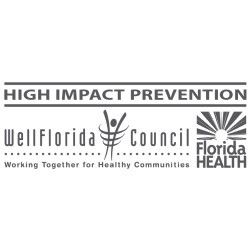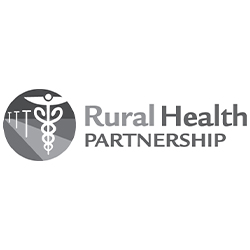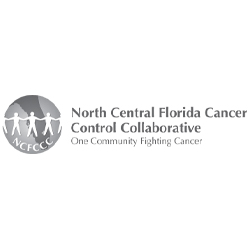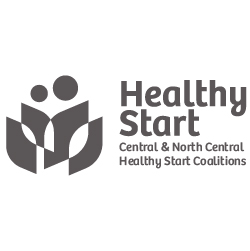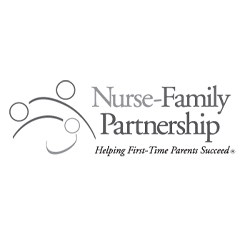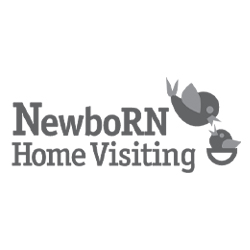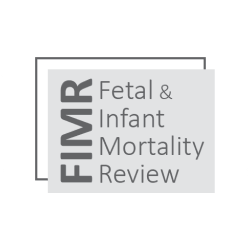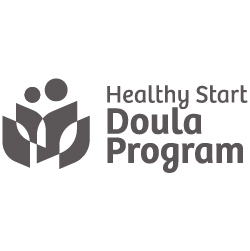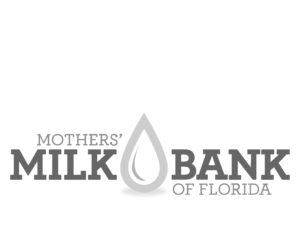Rural areas drive region’s high cancer death rates
Gainesville Sun, March 24, 2013
By Kristine Crane
Michael Perry thought he had food poisoning last summer. He doesn’t remember what he’d eaten, but he remembers cramps so bad that in the middle of the night he went to the emergency room in Keystone Heights.
Perry said he has an “old school” philosophy about his health: “If it isn’t broken, don’t fix it.”
Perry felt broken that night.
But it wasn’t from anything he’d eaten.
It was something he didn’t know much about: colon cancer. At 56, Perry knew he should have been getting screened for colon cancer for a while (recommended screenings start at age 50), but he didn’t have insurance. He also thought: “I never get sick besides a runny nose in the winter.”
This time, though, he was sicker than he’d ever been.
Perry was diagnosed with stage 3 colon cancer, which is not the worst stage of the disease but would need to be treated aggressively. So every week, he drove back and forth between Keystone Heights and the Community Cancer Center of North Florida for treatments.
Rural vs. urban
Perry is emblematic of many cancer patients who are treated in Gainesville but who live in surrounding communities.
“There really is a difference between rural and urban (patients),” said Dr. Laurel Warwicke, an oncologist at the Community Cancer Center of North Florida. Many of Warwicke’s patients are from rural communities. “They don’t want to go to the doctor. They could have a tumor growing out of their neck and think it will go away,” she said.
When they finally do go to the doctor, “they may have a dramatic change in weight or be coughing up blood. A lot of family members will demand that they come in,” she said.
They are also much sicker than they might have been — had they come to the doctor sooner, or even better, had undergone regular recommended screenings such as colonoscopies, PSA tests for men, and mammograms and Pap smears for women.
“I would say that 70-75 percent of patients come from rural areas, and they have a tendency to be diagnosed at a later stage — either because of lack of medical care or because it takes them some time to get to the office,” said Lucio Gordon, an oncologist at the North Florida Regional Cancer Center.
Local cancer death rates high
A cancer report released at the beginning of the year confirms this daunting scenario. The North Central Florida Cancer Control Collaborative, which is part of a nationwide Centers for Disease Control and Prevention initiative that aims to reduce the cancer burden in states and regions, found that the death rates for the 10 most prevalent cancers in Florida are highest in the 11 counties that span North Central Florida. And rural areas are driving the high mortality rates.
“Clearly there is a mortality disparity in our rural parts of Florida, probably driven by behavioral risk factor … things like obesity rates, smoking rates, whether people are eating requisite fruits and veggies,” said Jeff Feller, the CEO of WellFlorida Council, which produced the report that was largely based on information from the National Cancer Institute.
According to NCI data, a number of the counties in the North Central Florida region — including Bradford, Union, Dixie, Levy, Suwannee and Putnam — have an increasing mortality rate that exceeds the U.S. average.
Dr. Eric Feuer, of NCI, said the North Central Florida data “sounds pretty dramatic” — especially for a part of the state “that everyone kind of drives through,” Feuer said.
“I bet if you go to other rural poor areas in other parts of the country, in Mississippi, for example, you would probably find similar rates,” Feuer added.
Poverty a key factor
Dr. Thomas George, an oncologist at Shands at the University of Florida, agreed. “What we’re seeing in Florida is a magnification of what we’re seeing in the rest of the country,” he said.
Or, at least, the Deep South.
“North Florida is really part of the Deep South. When you look across the Deep South, you find higher rates of just about everything,” said Dr. Barbara Curbow, professor and chair of the Department of Behavioral Science and Community Health in the College of Public Health and Health Professions at UF.
In this at-risk region, poverty and income inequalities are more endemic. U.S. Census Bureau data from 2010 show that the northern part of the state (including the Panhandle, which the cancer report excludes) has the second-highest level of income inequality in the U.S., second only to Louisiana.
The cancer report found 21 percent of the population in the North Florida region lives below the poverty line.
But the differences between the counties in North Central Florida really capture the health care problems often related to poverty.
In Alachua County, for example, there are 730 patients for every primary care physician. In Union, that jumps to 5,184 patients per physician.
“I know some excellent (primary care physicians) in rural areas, but they are overburdened,” Warwicke said. “We need more doctors in the rural areas, but they are not going to stay. It’s a Catch-22.”
“It’s impossible to make ends meet in rural communities between malpractice insurance, keeping up your license and overhead,” Warwicke continued.
A dearth of doctors is part of the problem; but other factors contribute to the lack of access to health care. The recent cancer report found that 28 percent of people in Alachua County don’t have insurance, so they just don’t go to the doctor.
In Alachua County, 71 percent of women reported getting mammograms, compared with just 51 percent in Union County.
“When it comes to putting food on the table for feeding kids and going to the doctor, who’s going to win?” Warwicke said. “I don’t have an answer for that, and I don’t think our government does either.”
Rural areas need special help
Certain initiatives aim to remedy the rural-urban cancer disparity. One, spearheaded by Henrietta Logan, a professor at the UF College of Dentistry and the director of the Southeast Center for Research to Reduce Disparities in Oral Health, focuses on head and neck cancers — not the most prevalent cancers, but those that are invariably diagnosed at later stages in rural areas and very expensive to treat.
“There’s work to be done because oral cancer is one of the most costly and disfiguring. It would be better if we paid for an examination at the front end. Prevention, or early detection, is always the best way to control costs,” Logan said.
In Levy County, three-quarters of oral cancers are diagnosed at later stages, she added.
“Overall, people go for symptoms, and most cancers don’t have symptoms until they are in late stages,” she said.
Many people have also never heard of oral cancers, which are closely related to smoking — and that’s where education comes in, she said, adding that Lafayette, Dixie and Hamilton counties have smoking rates that exceed 36 percent — double the state average.
“That’s like going back 20 years internationally, so we have some work to do in these areas,” Logan said.
“It’s critical that rural areas become a setting for cancer control efforts. We speak doctorese in Gainesville, and our doctorese is not easily translated to people who don’t hang out in hospitals like we do.”
“Why do you call it a ‘screening’?” Logan asked. “That’s what you put on your porch. Why don’t you just call it an examination?”
Logan said they have tried to tailor awareness campaigns to specific groups of people with posters and pamphlets for businesses or churches. One group they targeted was black men, since they die of oral cancers at twice the rate as white men. Their overall message about oral cancers, said Logan, was: “Don’t wonder — get it checked out.”
Logan said she found that “once you raise their concern about it, they intend to be screened.”
“The gap between intention and doing it is discretionary resources,” she continued. “If you don’t have financial security and are living on the edge all the time, then you don’t have those discretionary resources … It doesn’t matter if you’re black, Hispanic or white.”
Read the article Rural areas drive region’s high cancer death rates at www.gainesville.com.
Back to News page

